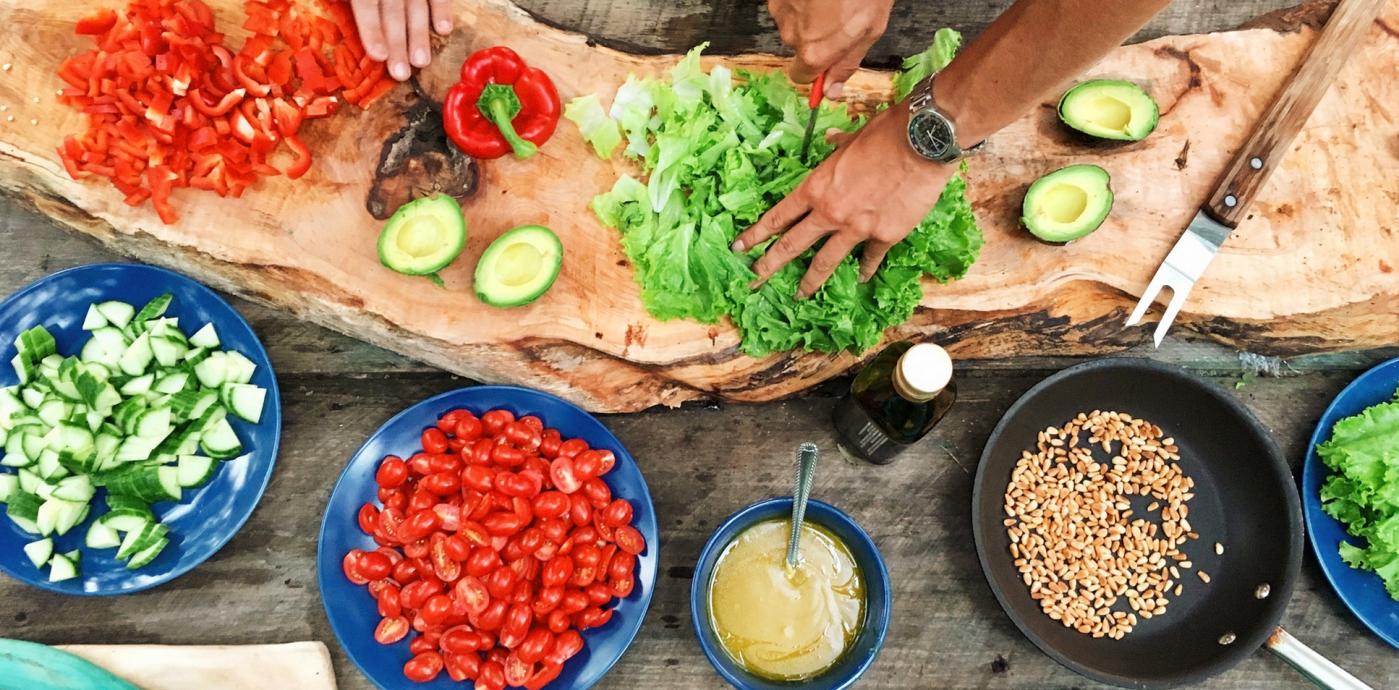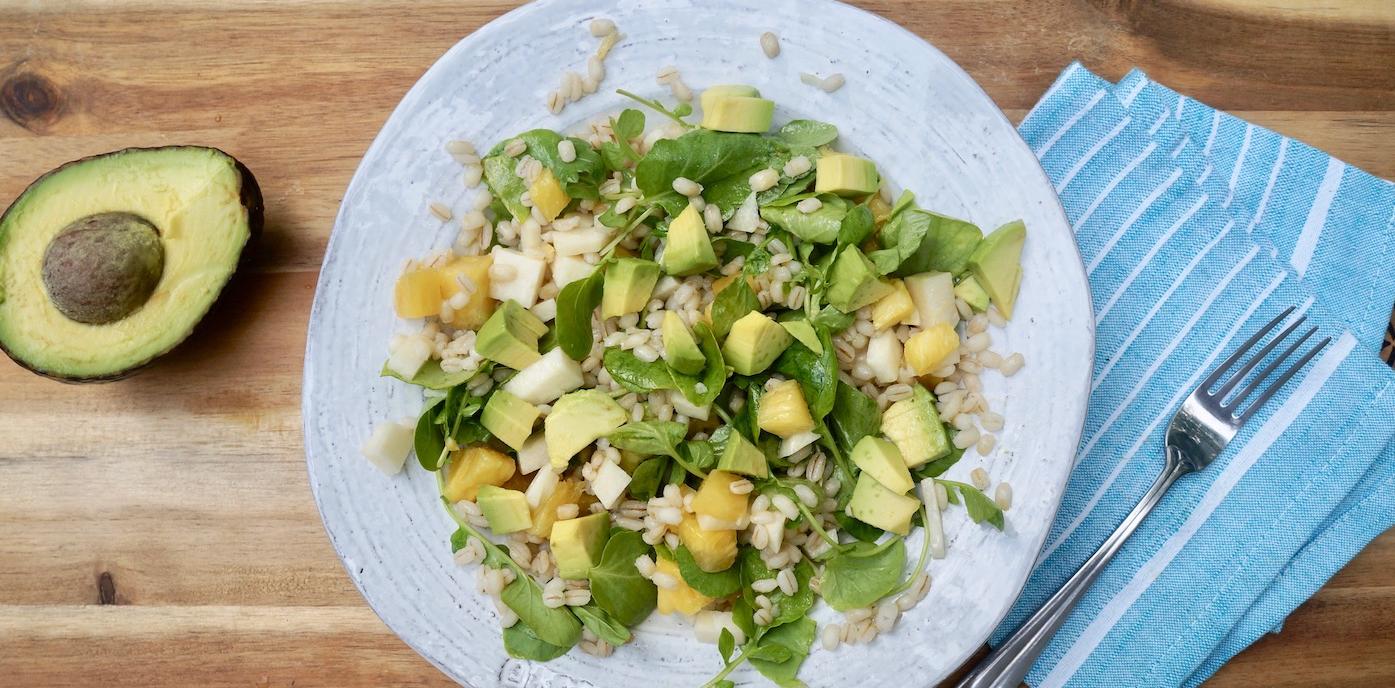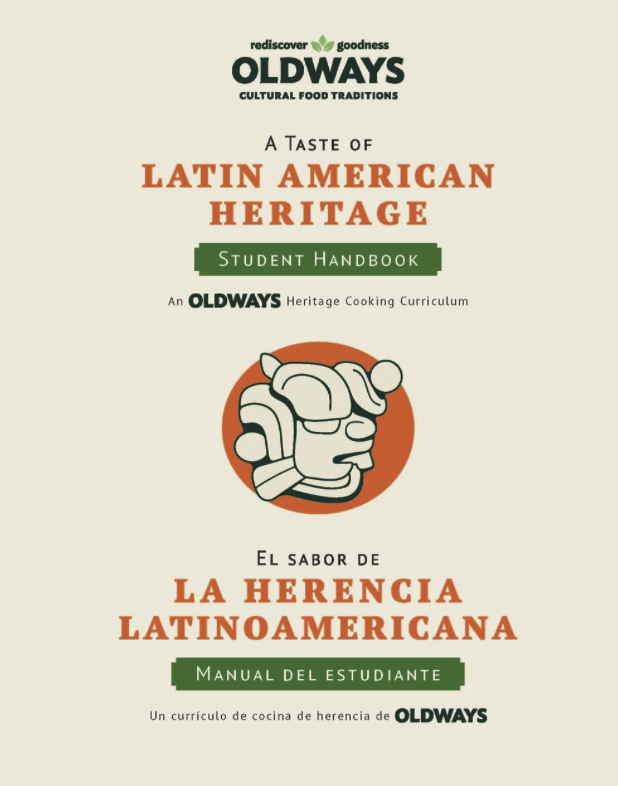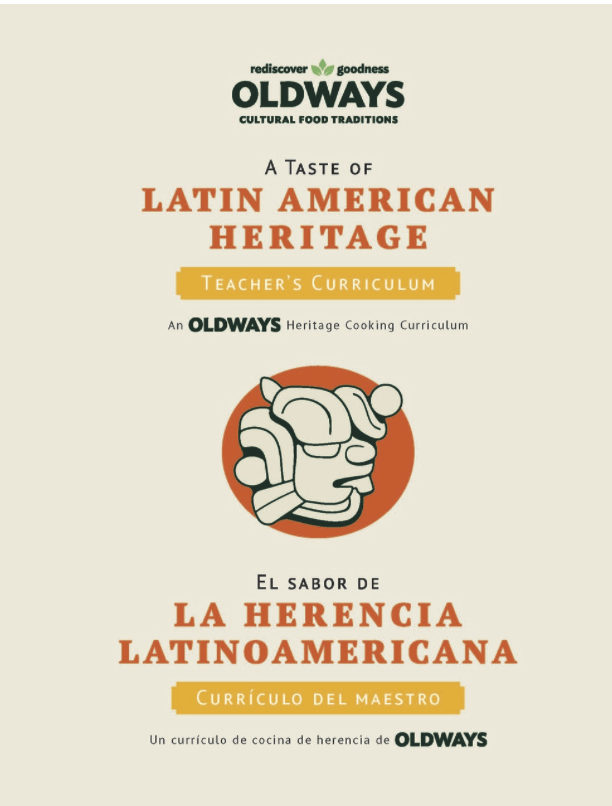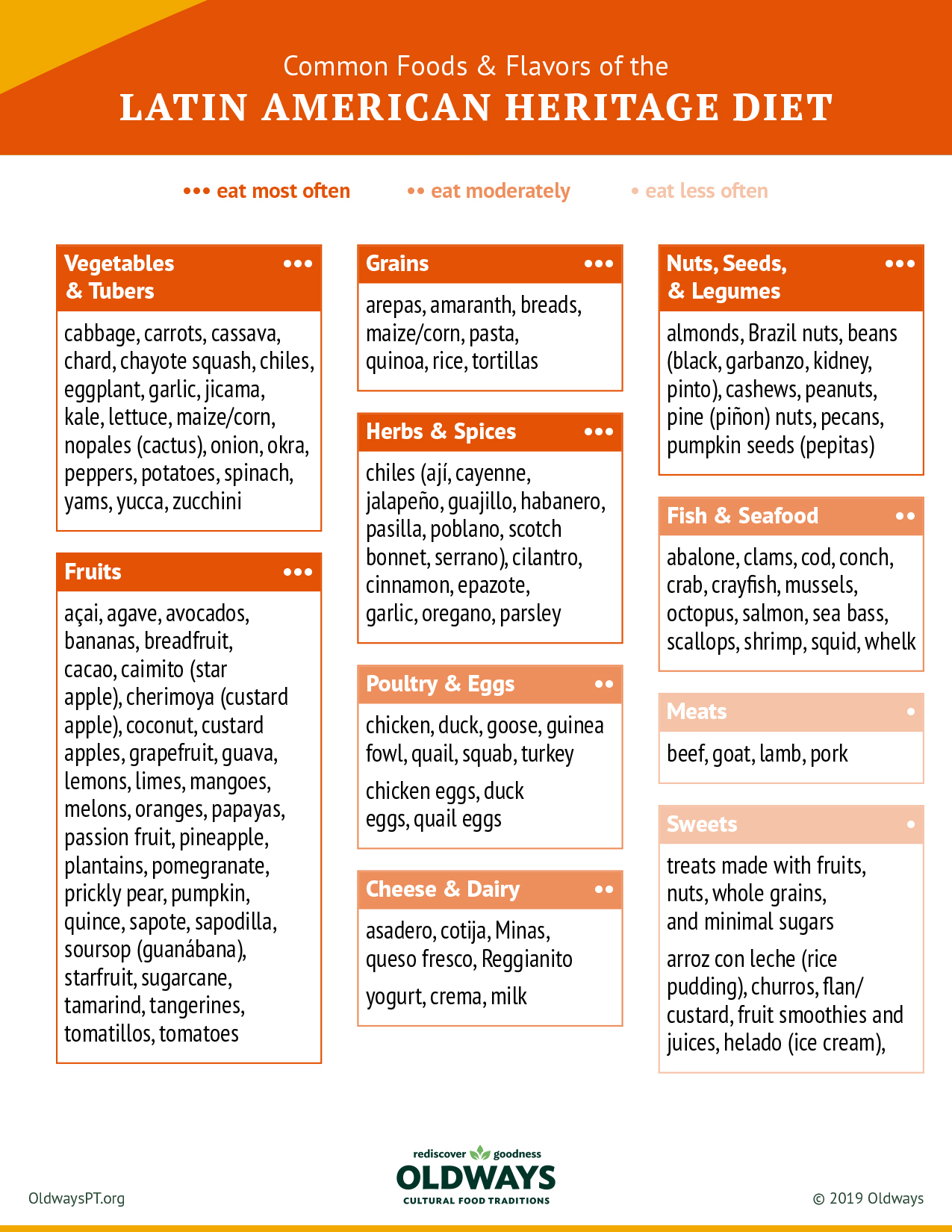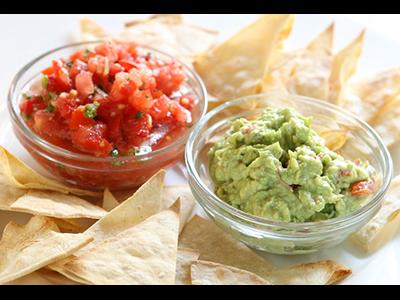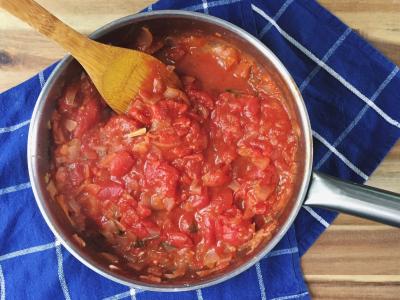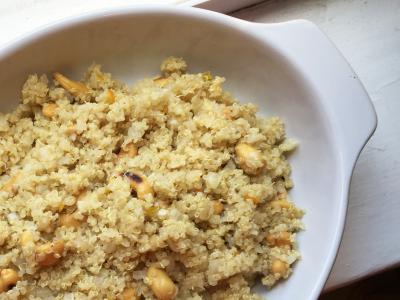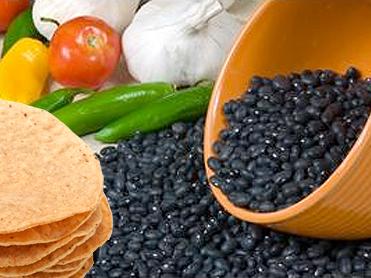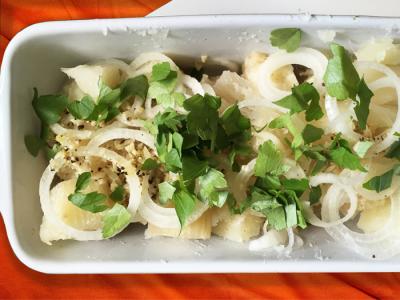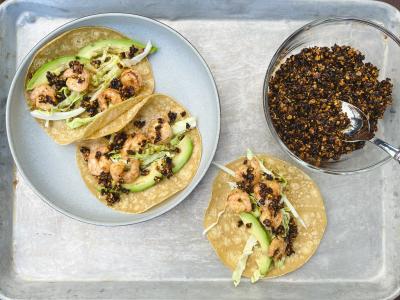What is the Latin American HERITAGE Diet?
The Latin American Heritage Diet promotes richly flavorful, affordable, and easy-to-prepare foods, and reflects the great range of culinary traditions, foods, and flavors of this vast area. Variations have traditionally existed in the parts of Latin America where maize (corn), potatoes, peanuts, and beans are grown, including modern-day Mexico, and the other countries in Central and South America. This eating pattern is a blend of the broad traditional diets of four major cultures: the indigenous people (Aztecs, Incas, Mayans, and other Native Americans), the Spanish, Portuguese, and continental Africans. Starting at the base of the pyramid, you’ll find:
- Foods to eat every day: fruits, vegetables, whole grains, legumes, nuts, and seeds.
- Twice weekly servings of fish and seafood
- Moderate portions of poultry, eggs, and dairy.
- Infrequent servings of meats and sweets.
How to Get Started
Oldways offers online resources, recipes, and guidelines for the Latin American Diet. See below for more on how to get started!
Take (or Teach!) Latin Heritage Diet Cooking Classes
Ready to get started in the kitchen? Learn more about the Latin Heritage Diet in our A Taste of Latin Heritage (ATOLAH) cooking classes! Find a class near you in our class directory, or sign up for more information about becoming a teacher. Anyone can get certified to spread the word about this healthy and delicious lifestyle! Learn more
Foods & Flavors of the Latin American Heritage Diet
Did you know that some of the world’s favorite foods, like tomatoes and potatoes, originated in Central and South America? The chart below shows some common and uncommon foods and flavors of the Latin American Heritage Diet Pyramid.
Download a list of traditional Latin American Heritage Diet foods.
The Latin American Diet and Health
Latin Americans – those who trace their ancestry to Cuba, Mexico, Puerto Rico or Central America and South America – are the fastest-growing group in the United States. Traditionally, a diet filled with whole grain corn, vegetables, fruits, beans, rice, herbs and spices has combined with a strong emphasis on family life, to support good health.
As Latin Americans adopt a more typically Americanized diet and lifestyle, however, they are at higher risk for many chronic diseases. According to the U.S. Centers for Disease Control and Prevention, these heightened risks vary among Latin Americans, and include:
- A higher prevalence of overweight and obesity among Mexican American men, compared to non-Hispanic white men and non-Hispanic black men.
- Higher rates of asthma among Puerto Ricans – 2.2 times that of non-Hispanic whites, and 1.8 times that of non-Hispanic blacks, while Mexican Americans have some of the lowest rates of lifetime asthma.
- A diabetes death rate for Latin Americans that is almost one-and-a-half times higher than for non-Hispanic whites.
Although all these health problems cannot be addressed solely through diet, a return to some of the traditional foods that sustained their ancestors, as detailed on Oldways’ Latin American Diet Pyramid, can often help Latin Americans maintain or regain their health. In fact, a growing body of research shows that Hispanics who keep their traditional diet habits enjoy better health than those who adopt the Standard American Diet. Please visit our Health Studies page, to search for studies that touch on Latin American health issues.
Oldways’ Development of the Latin American Heritage Pyramid
The Latin American Heritage Diet Pyramid was third in the series of traditional diet pyramids developed by Oldways. It was originally released at the Latin American Diet Conference in El Paso, Texas in 1996.
A decade later, in 2005, Oldways held a follow-on Latin American Diet Summit in Mexico City to re-examine the science behind the Latin American Diet Pyramid; we subsequently updated the graphics for our pyramid in 2009, to make the abundance and good taste of Latin American foods more apparent.

